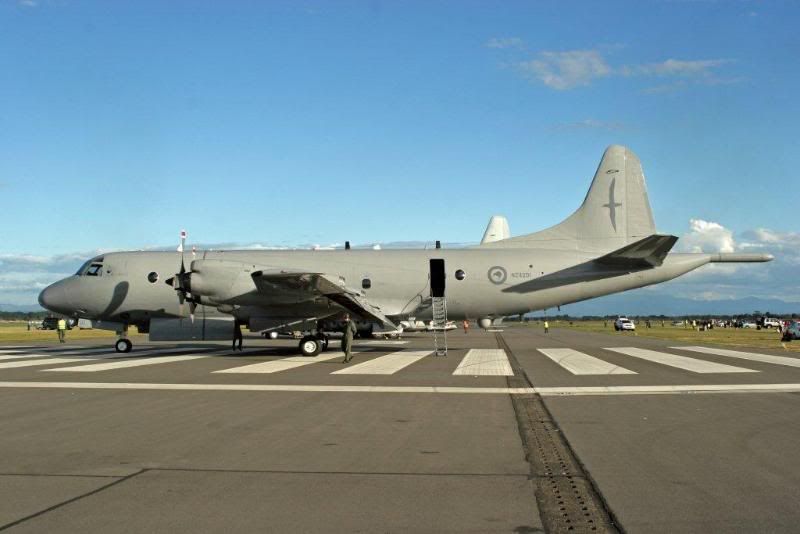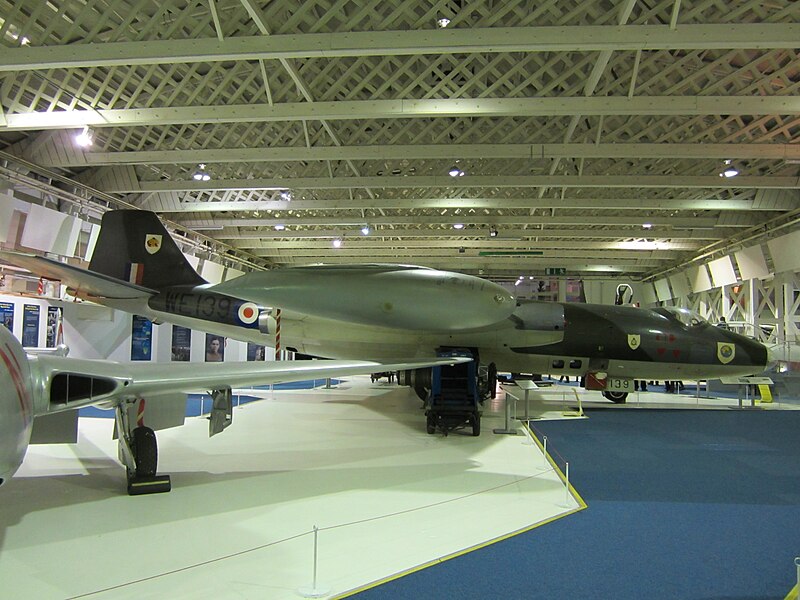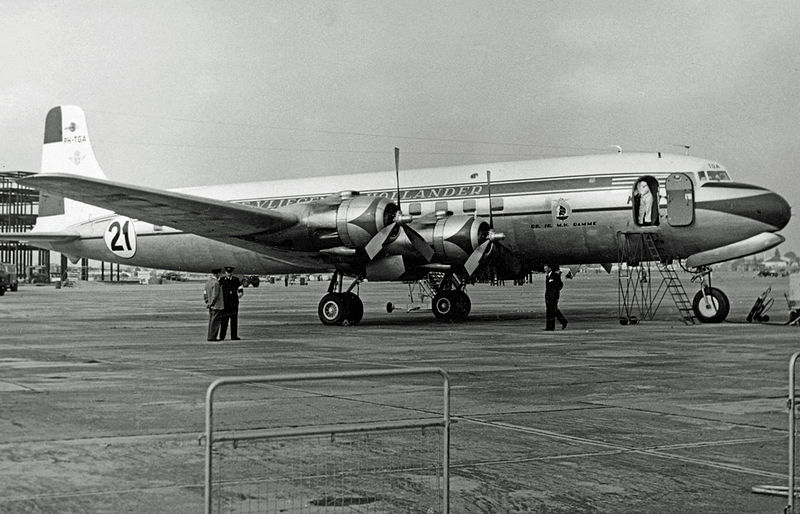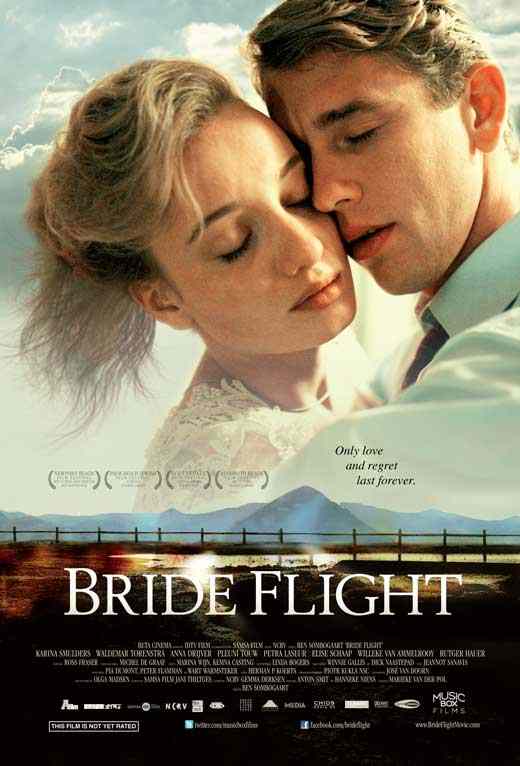RNZAF Joins search for Malaysian Aircraft
A New Zealand Air Force P3 - K Orion is joining the international effort to find a missing Malaysia Airlines Boeing 777 lost over the South China Sea.

The maritime surveillance aircraft left Auckland last night and is now heading to Butterworth near Penang in Malaysia.
Prime Minister John Key said it would work with two Australian Orions and search the sea north of Malaysia.
"Much remains unclear about what has happened to the flight," he said.
"New Zealand wants to do its part in the search and rescue effort to locate the aircraft.
"While we are aware the hope for positive news is fading, our thoughts remain with the family members of those who were on the flight, particularly the families of New Zealanders Paul Weeks and Ximin Wang."
Meanwhile Auckland International Airport said it had increased security checks around the daily Malaysian Airlines' flights.
A spokesman said the airline ordered extra security for their passengers.
It includes an additional screening of all passengers after check-in and just prior to boarding.
It is one step up on the procedures adopted for flights to the United States which involves only random screening at the boarding gate.
An airport spokesman said the new checks had not caused any delays or additional time for passengers.The Royal New Zealand Air Force (RNZAF) has accepted the first of six upgraded P-3K2 Orion maritime patrol aircraft into service with No 5 Squadron.
I suspect making this aircraft available is also a test of its operational capability:
The RNZAF operates 6 Orions, upgraded to the K2 standard: Formal Introduction into service ceremony was conducted at Whenuapai Air Force Base in Auckland on 2 May 2011.

Photo RNZAF
Orion NZ 4204 (the prototype P-3K2) returned to New Zealand in late April 2011, after being in Texas, United States, since 2005 for the P-3 Mission Systems Upgrade Project. The project will see all six New Zealand Orions re-equipped with an airborne surveillance and Response Capability. According to the chief of the air force Air Vice-Marshal Peter Stockwell, this capability is “up with the very best”.
The scope of this project includes the replacement of the data management system, sensors, communications and navigation systems, and the provision of associated ground systems.
According to the RNZAF, the upgraded P-3K2 Orion introduced a fundamental change to the operation of the Orions as they transition from a Maritime Patrol Force to an airborne Surveillance and Response Force. This change is significant because the focus of the operations will include overland operations as well as traditional maritime operations.
The production phase of the project saw the five remaining Orions cycle through Safe Air’s facilities at Blenheim, New Zealand, to be stripped internally, re-wired and re-equipped with new mission systems.
Orion NZ 4201 was in Blenheim at the time, and the upgrade of that aircraft was well advanced. At the rate of about one every six months, by 2014 the RNZAF will have a fleet of six P-3K2 Orions all newly equipped with 21st century surveillance and communications systems, the RNZAF says.
Air Vice-Marshal Peter Stockwell foresees a very exciting time for the RNZAF, as operational testing and evaluation begins. “Our goal now is the delivery of the capability as rapidly as possible. I believe our P-3K2 Orions will be better equipped than ever to support Defence Force operations world-wide and other government agencies closer to home.”
The project’s origins lay with the 2001 Maritime Patrol Review. At that time the P-3s had a mix of 1960s and 1980s equipment. Built new as P-3Bs in 1966 (New Zealand was then was the first country outside of the USA to operate Orions), the fleet had already been modernised in 1982 under Project Rigel, which saw some of the mission systems replaced and upgraded.
In 2000, Project Kestrel saw the fleet structurally renewed to extend their life. But the aircrafts’ tactical capability was limited, and affected by hard-to-support older systems. As well, international air traffic control standards were changing and there was the continual need to remain interoperable with New Zealand’s partners, particularly Australia.
In October 2004 the Crown signed a contract with L-3 Communications Integrated Systems to upgrade the aircraft at a cost of NZ$373 million.
The aircraft had been due to return to New Zealand in late 2008, but the programme encountered delays due to concerns over stall performance, issues with its digital indicated airspeed display during take-offs and a periodic yaw problem. Furthermore, the prototype was not allowed to fly for six months last year after loose fasteners were discovered on its wing straps, Flight International reports.
Under the original plans, work on all six aircraft was to have been completed by September 2010.
Following its arrival back in New Zealand the prototype aircraft underwent a period of scheduled Depot Level Maintenance (DLM) before returning to 5 Squadron at RNZAF Base Auckland in September 2011. In Blenheim, the first production airframe, NZ4201, commenced its modification with SAL in June 2009 and was delivered back to the Crown in March 2012. The second production aircraft, NZ4205, joined the programme with SAL in April 2011 and was delivered to the Crown in September 2012. The third production aircraft, NZ4203, inducted into upgrade in March 2012, was delivered to the Crown in May 2013. The four delivered upgraded aircraft (NZ4201, NZ4203, NZ4204 and NZ4205) are based at RNZAF Base Auckland on 5 Squadron.
Initially these airframes were utilised to conduct Operational Testing and Evaluation (OT&E) and ground and aircrew training. In the second quarter of 2012 the first of two P-3K2 transition courses commenced to train the P-3K aircrews onto the P-3K2. Transition training of all No. 5 Squadron air and ground crews is now complete and following the achievement of operational and technical airworthiness requirements, a release of an initial operational capability was declared in the first quarter of 2013. This initial capability focuses on Search and Rescue response and surveillance of New Zealand’s EEZ and territorial waters.
New Zealand industry participation was always intended for the project and Safe Air of Blenheim is the key sub-contractor in the production phase. Modifications were made to the P-3’s communications, navigation, surveillance, flight planning and data management systems while the flight deck was improved.
The RNZAF is also upgrading its five C-130 Hercules transports. A contract was signed with with L3 Communications to complete the air force's C130 life extension program. The latter includes the refurbishment of the aircrafts' centre wings, refurbishment or replacement of other structural components, a major rewire, replacement of avionics systems, flight management, autopilot and navigation and communication suites. This will ensure that the aircraft continue to comply with evolving air traffic control regulations worldwide.
The Royal New Zealand Air Force welcomed the return of the first of its modernised C-130s in 2010 last year.
No. 40 Squadron who operates the C-130s, will be able to utilise the aircraft in the many roles undertaken for the government and New Zealand, including tactical air transport, disaster relief and civil defence support, aeromedical transport and support to the New Zealand Antarctic program.
The RNZAF also recently unveiled the first of its new Agusta Westland A109 LUH Light Utility Helicopters.

Agusta Westland A109 LUH - photo RNZAF
Five A109s were ordered in 2008 and are scheduled to be in service before the end of the year. The government announced last year it was ordering another three. The new A109s will be used for training, light utility tasks in support of the other services and government agencies.

NH90 photo - RNZAF
Number 3 Squadron operate the A109LUH and NH90 helicopters. The RNZAF has eight NH90s on order in total.




































